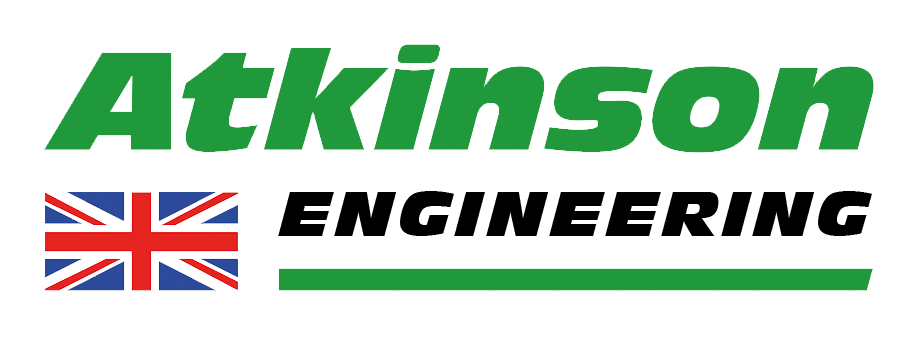Case Study: How Atkinson Engineering Delivered a Precision-Machined Rail Component for a Leading Rail Braking Systems Manufacturer
A leading manufacturer and supplier of braking systems in the rail industry had inherited a component that was traditionally produced using casting. However, when casting was no longer a viable option, they turned to Atkinson Engineering for a smarter, more cost-effective solution.
The client would not work with the original casting supplier, and with low projected volumes, a new casting die was not economically feasible. They needed: The original part was made from Casting Aluminium LM25-TF, a material commonly used for its good mechanical properties and corrosion resistance. However, a cast solution was no longer practical.
Using a sample part, our in-house design team created a detailed 3D CAD model using precision measurement techniques. We selected Aluminium 6082 T6 billet and machined the entire part from solid using 5-axis CNC technology to ensure precise geometry and surface finish. This high-strength alloy offered excellent machinability and corrosion resistance, making it an ideal substitute for the original cast material. To match the previous workflow, we machined a “blank” and used original fixturing on a DNM mill — ensuring consistency. Instead of engraving, we used 5-axis capability to machine raised lettering — ensuring it remains visible even under thick black paint. After machining, the part was anodised to ensure it would withstand the demanding environment beneath trains.
Image showing the original cast component
Image showing aluminium billet before machining
Image of part after CNC machining
Image of the final component, ready for use
Replacing a Legacy Casting with a Modern CNC Machined Solution
Project Overview
The Engineering Challenge
Our Engineering Solution
See the process in pictures:
Original Cast Part
Raw Billet Material
Machined Part
Final Anodised Part
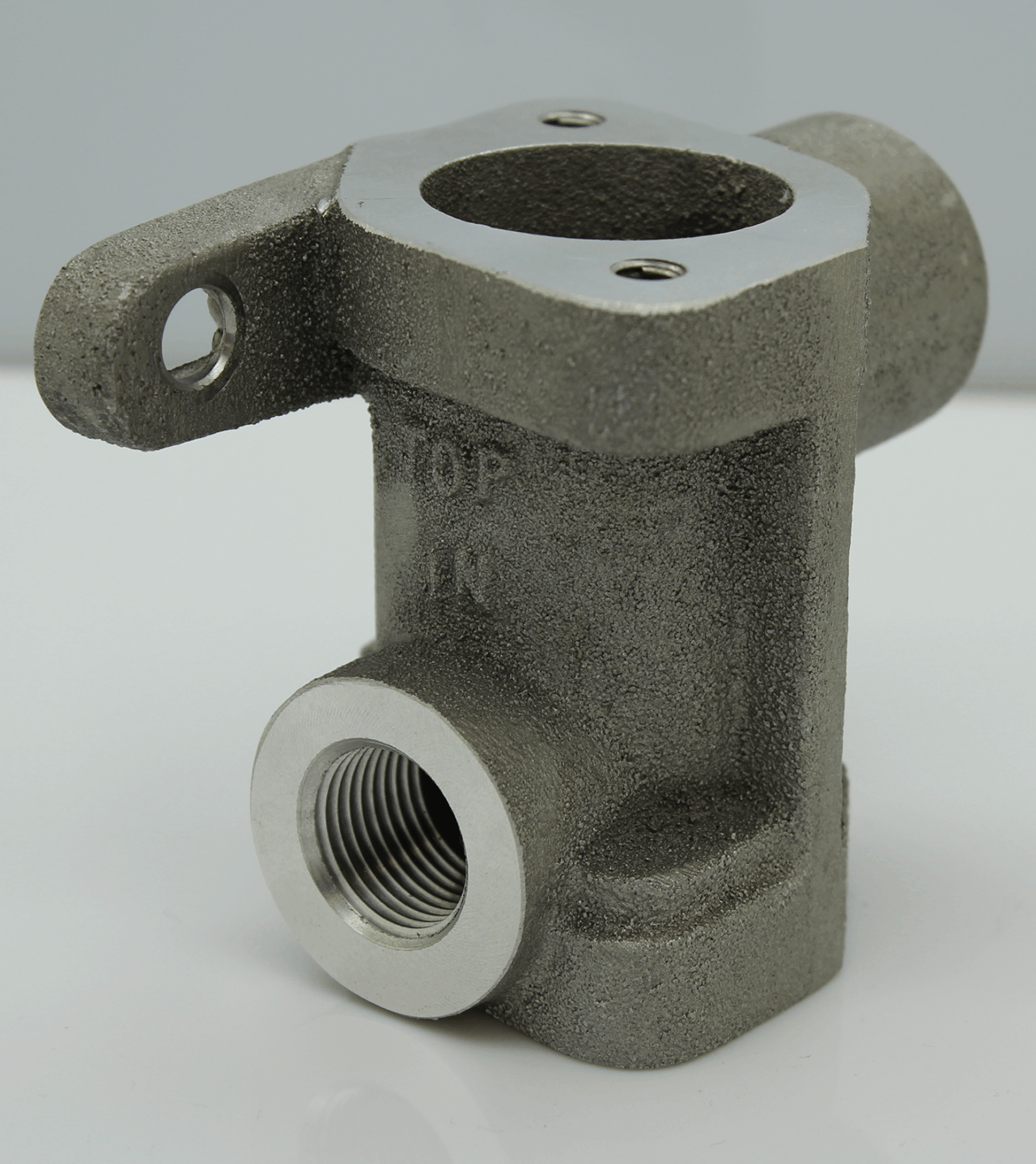
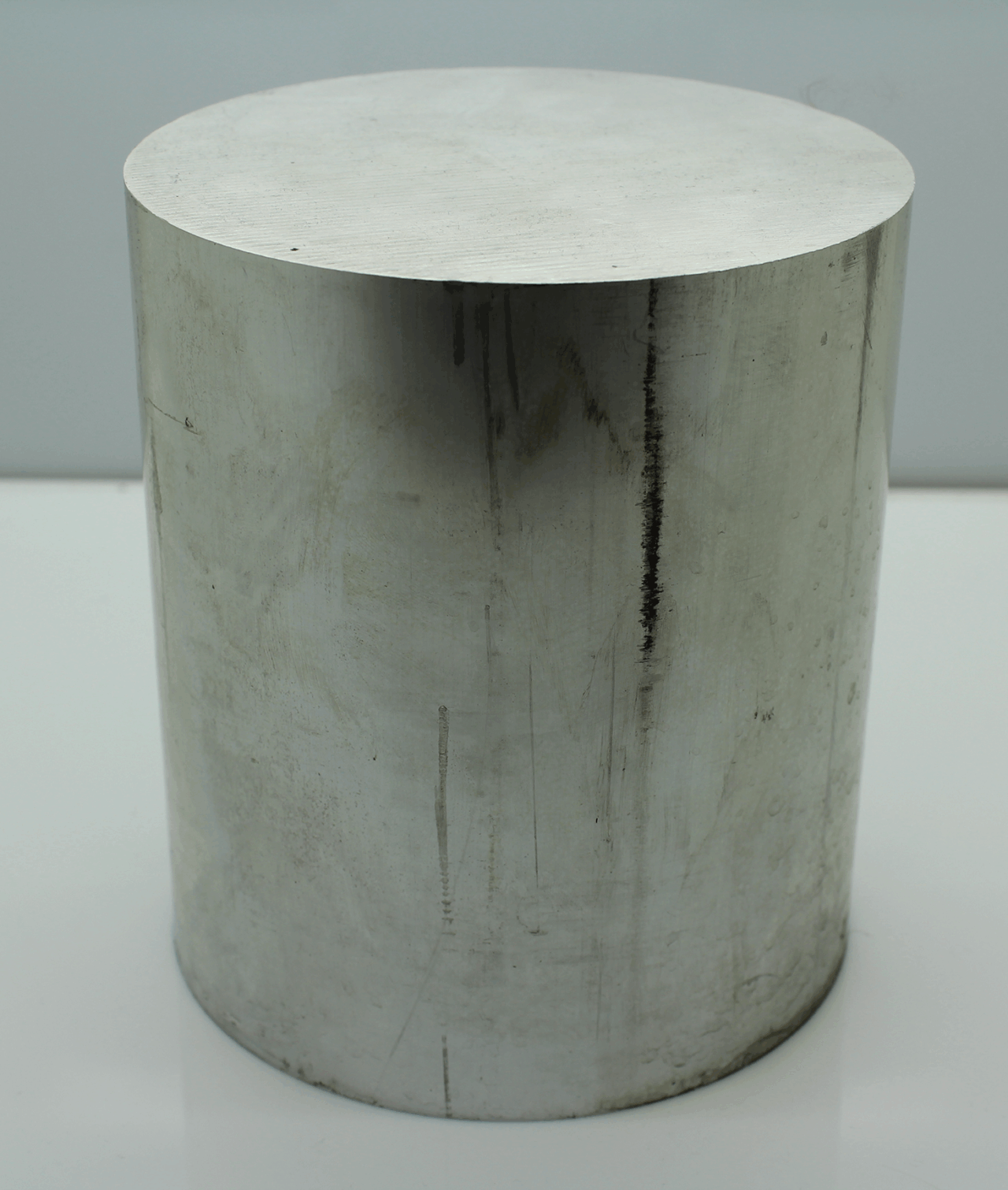
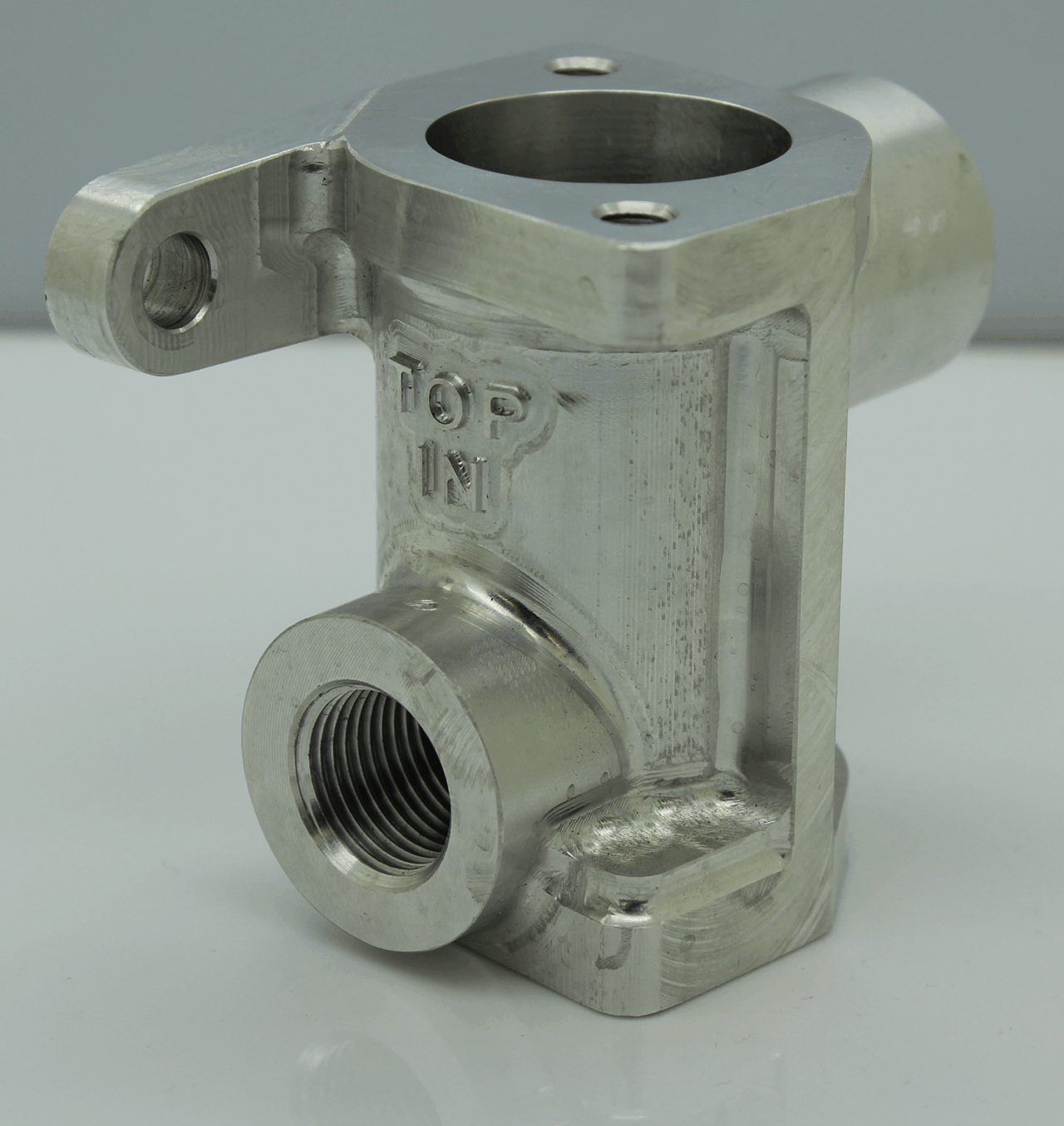
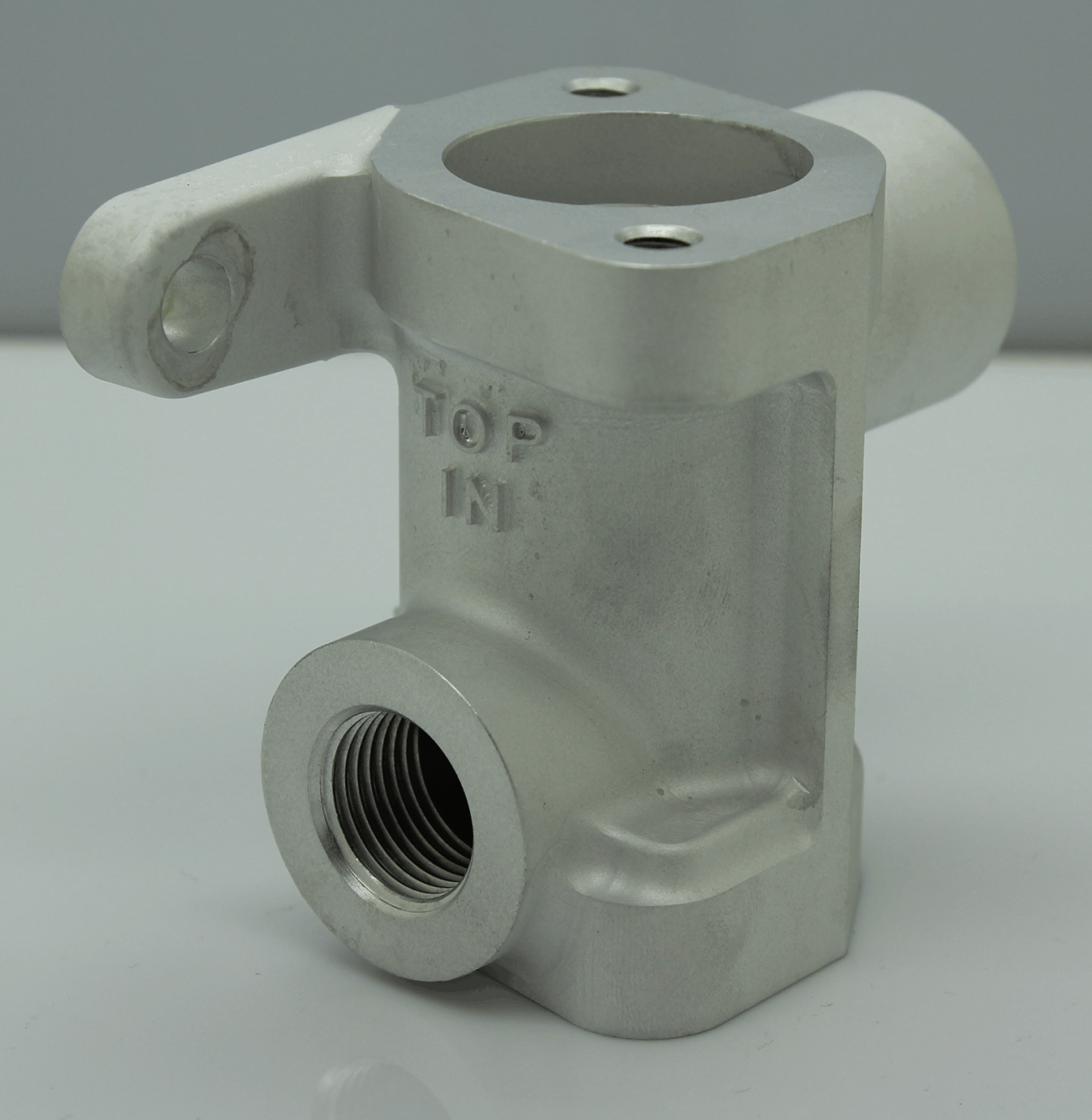
Results
This project highlights Atkinson Engineering’s ability to deliver precise, cost-effective solutions for complex engineering challenges. By replicating a legacy component through advanced CNC machining, we helped our client maintain part compatibility, reduce costs, and improve durability—without the need for expensive tooling. It’s a clear example of how our expertise supports critical industries like rail with high-performance, reliable components.

